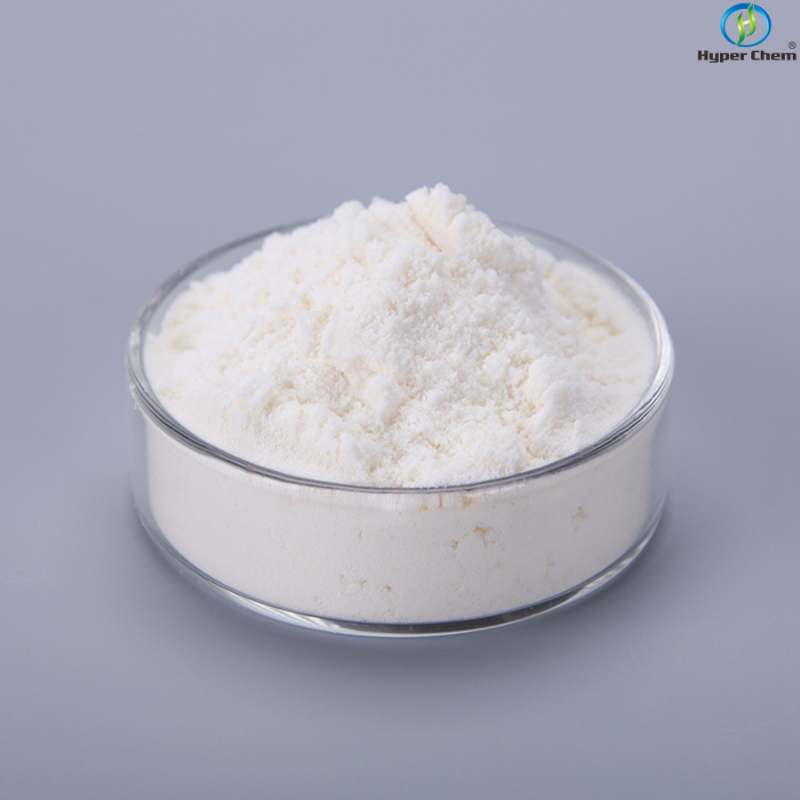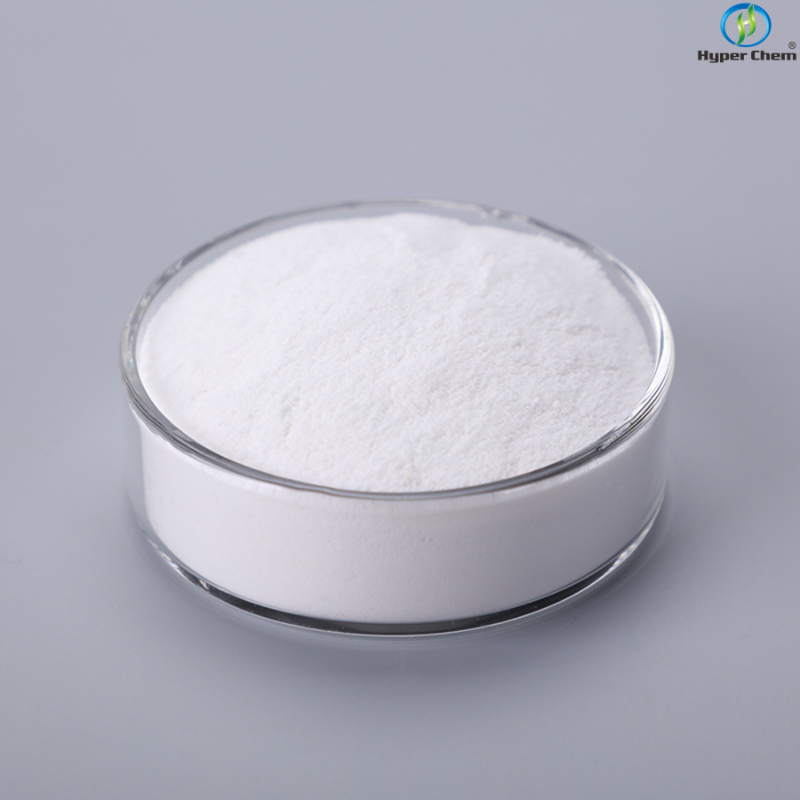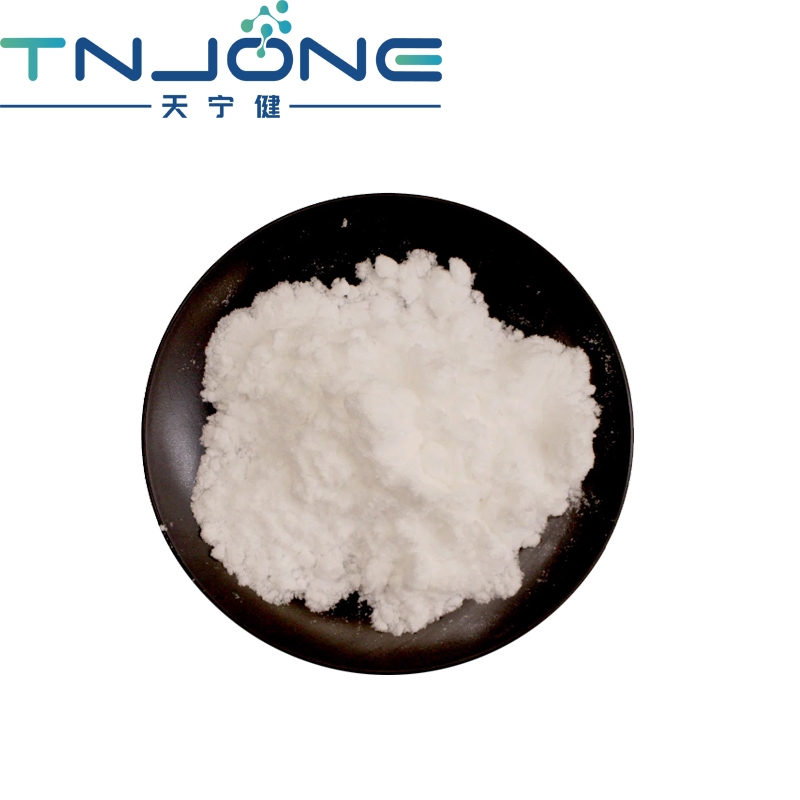-
Categories
-
Pharmaceutical Intermediates
-
Active Pharmaceutical Ingredients
-
Food Additives
- Industrial Coatings
- Agrochemicals
- Dyes and Pigments
- Surfactant
- Flavors and Fragrances
- Chemical Reagents
- Catalyst and Auxiliary
- Natural Products
- Inorganic Chemistry
-
Organic Chemistry
-
Biochemical Engineering
- Analytical Chemistry
-
Cosmetic Ingredient
- Water Treatment Chemical
-
Pharmaceutical Intermediates
Promotion
ECHEMI Mall
Wholesale
Weekly Price
Exhibition
News
-
Trade Service
Mature T-cell lymphoma (TCL) is a heterogeneous subgroup of non-Hodgkin lymphoma (NHL) with a relatively poor prognosis compared with B-cell NHL
Mature T-cell lymphoma (TCL) is a heterogeneous subgroup of non-Hodgkin lymphoma (NHL) with a relatively poor prognosis compared with B-cell NHL
Patients with relapsed or refractory (R/R) disease have a very poor prognosis (median overall survival [OS] < 6 months)
Therefore, the aim of a nationwide retrospective study was to compare the effects of autologous and allogeneic HCT in relapsed or refractory TCL
Figure 1: Comparison of overall survival (OS) and relapse/progression-free survival (PFS) between autologous and allogeneic hematopoietic stem cell transplantation
Figure 1: Comparison of overall survival (OS) and relapse/progression-free survival (PFS) between autologous and allogeneic hematopoietic stem cell transplantationOf these, 318 were relapse after first remission (REL) and 442 were refractory to primary therapy (PIF)
Of these, 318 were relapse after first remission (REL) and 442 were refractory to primary therapy (PIF)
Figure 2: Comparison of recurrence/progression incidence (RI) and non-relapse/progression mortality (NRM) between autologous liver transplantation and allogeneic HCT
Figure 2: Comparison of recurrence/progression incidence (RI) and non-relapse/progression mortality (NRM) between autologous liver transplantation and allogeneic HCTIn multivariate analysis, alloHCT tended to be associated with better progression-free survival (PFS) in REL ([HR] 0.
In multivariate analysis, alloHCT tended to be associated with better progression-free survival (PFS) in REL ([HR] 0.
Figure 3: Comparison of overall survival between allogeneic HCT and autologous HCT based on patient characteristics of REL group (A) and PIF group (B).
Figure 3: Comparison of overall survival between allogeneic HCT and autologous HCT based on patient characteristics of REL group (A) and PIF group (B).
Propensity-score-matched subgroup analyses indicated that alloHCT was associated with better OS in REL-sensitive and PIF-non-remitting disease
Figure 4: Survival comparison of autologous and allogeneic hct in propensity score-matched cohorts
Figure 4: Survival comparison of autologous and allogeneic hct in propensity score-matched cohort Figure 4: Survival comparison of autologous and allogeneic hct in propensity score-matched cohortIn conclusion, the survival outcomes of allogeneic HCT for relapsed or refractory PTCL-NOS or AITL were comparable to autologous HCT
relapsed or refractory
Original source:
Original source:Kameda, K.
Kameda, K.
, Kako, S.
, Kim, SW.
et al.
Autologous or allogeneic hematopoietic cell transplantation for relapsed or refractory PTCL-NOS or AITL.
Leukemia (2022).
https://doi.
org/10.
1038/s41375- 022-01545-w.
et al.
Leukemia
leave a message here







